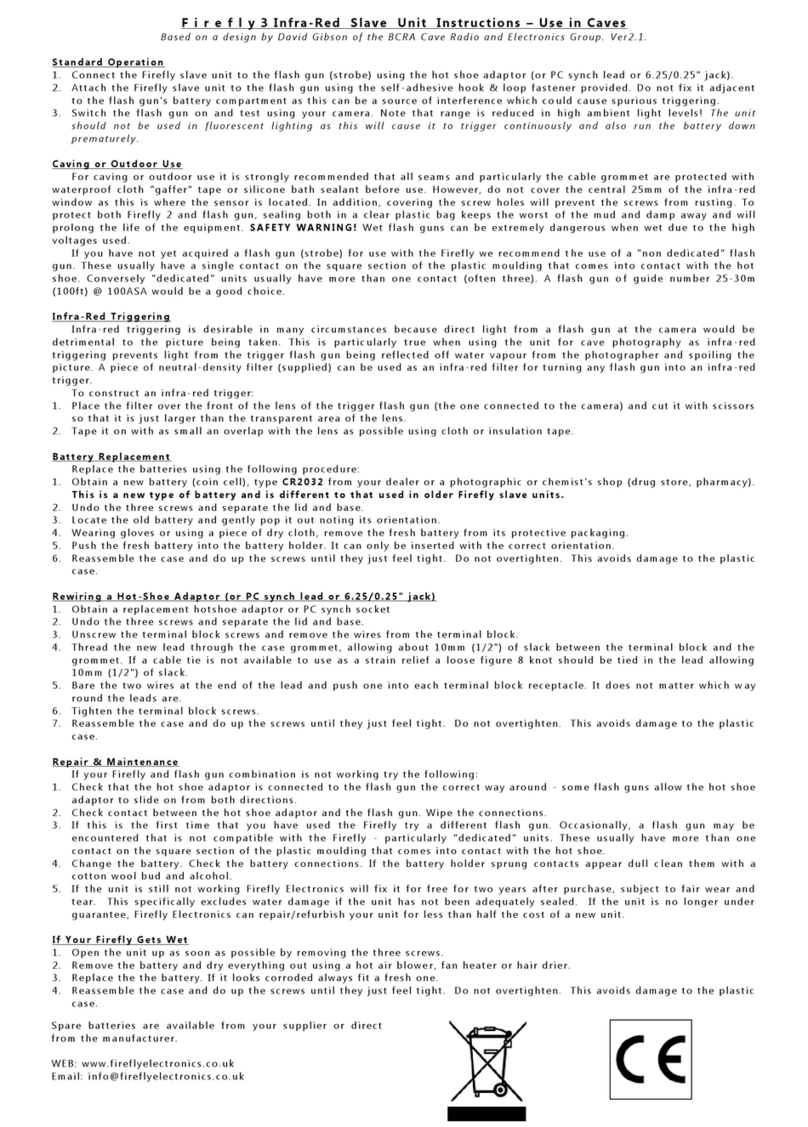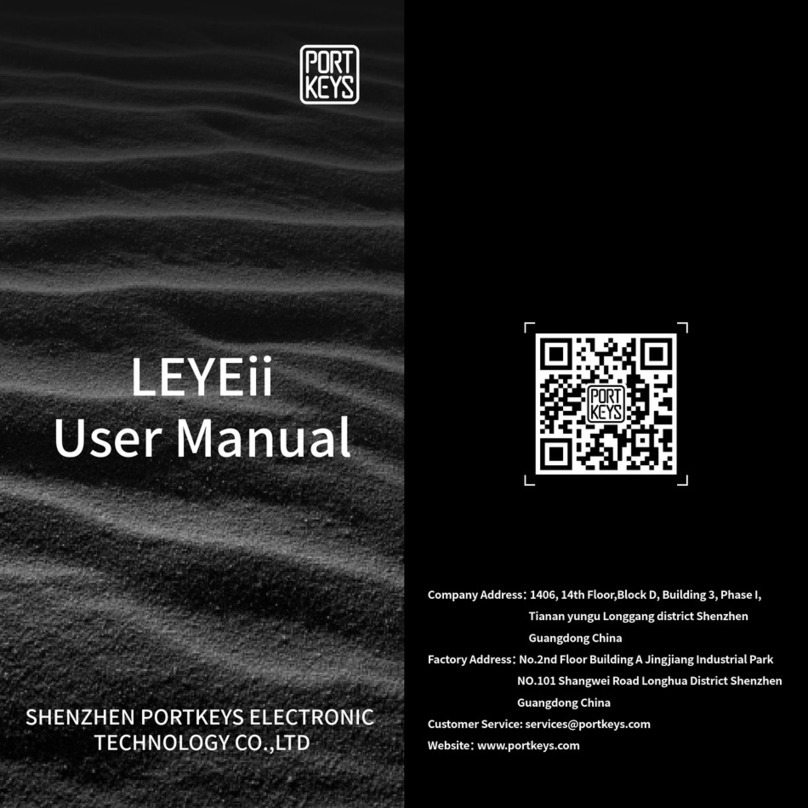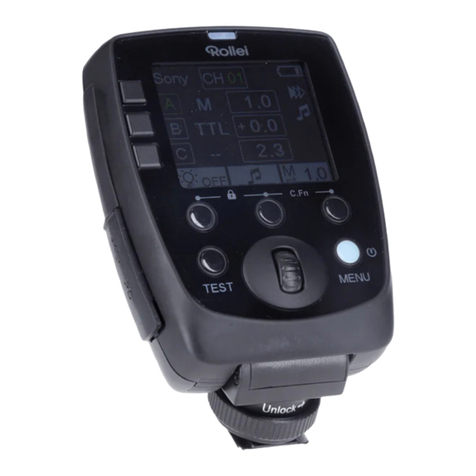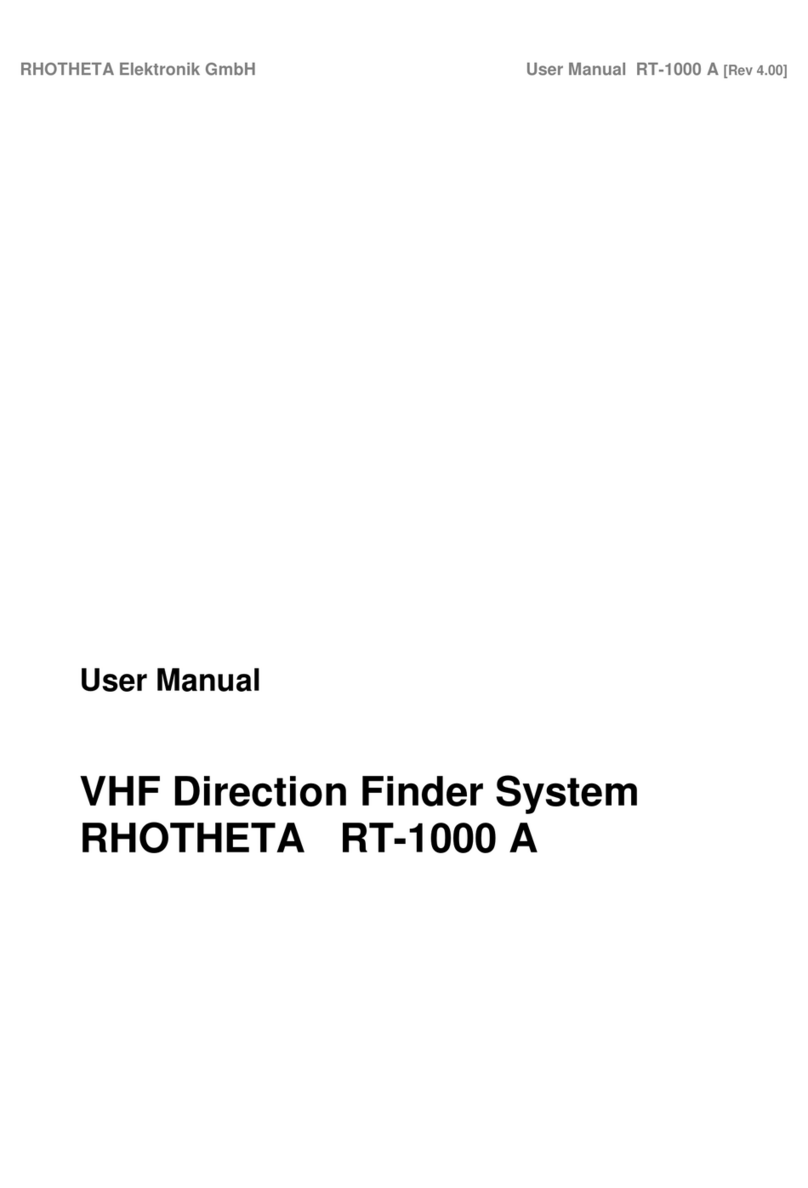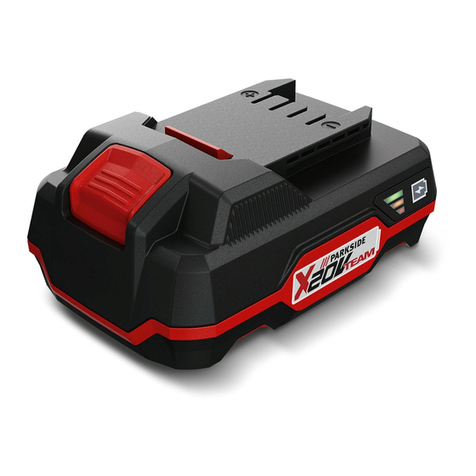MAC PocketWizard Plus User manual

Owners Manual
POCKETWIZARD PROFESSIONAL DIVISION
MAMIYA AMERICA CORPORATION
8 Westchester Plaza, Elmsford, NY 10523
Phone: 914-347-3300 • Fax: 914-347-3309
PocketWizardTM
Distributed in the US exclusively by Mamiya America Corporation
Plus

Congratulations on your purchase of the
new PocketWizard radio slave, the most
technologically advanced radio trigger for
lights or cameras. The PocketWizard
Plus is a digital radio system, with a
microprocessor in both the transmitter and
the receiver that activates an isolated
strobe or camera. With its advanced
digital signaling design, the
PocketWizard Plus rejects most
atmospheric noise and can receive weak
signals without any degradation in
performance. Up to four photographers
can operate their PocketWizard Plus
remote triggers in the same space. The
PocketWizard Plus is also compatible
with older 10 and 16 channel
PocketWizards.
Basic Setup for Remote Flash
NOTE: If you are trying to trigger a camera,
See section TRIGGERING A REMOTE
CAMERA on the next page.
1. Installbatteries or plug in the AC adapters
2.To connect the transmitter to the
camera, you have two choices: (1) Slide
the transmitter into the Hot Shoe. (2)
Attach a
sync cord from your camera's PC connection to
the SYNC IN on the transmitter. Try PC5,
PC5N, or PC5H cords
3. To connect the receiver to a strobe: attach a
sync cord from the TO FLASH connector to
your strobe pack.
☛WARNING: NEVER hook a single
receiver up to a strobe and a camera (or any
two devices) at the same time.
4. Turn the transmitter and receiver on. They
will automatically sync up to 1/250th of a
second with a focal plane shutter and 1/500
with a leaf shutter.
5. Slide the CHANNEL switch to set the
transmitter and receiver to the same ID
number.
6. Verify that the light on the receiver blinks
every few seconds.
7. Verify that the light on the transmitter
double blinks every few seconds.
8. Move the LOCAL - BOTH - REMOTE
selector switch on the transmitter to the
BOTH position.
9. Press the TEST button on the transmitter to
confirm that the remote strobe goes off. The
receiver will stay activated as long as you hold
the TEST button down.

Connecting the Transmitter to a
Local Strobe:
A strobe pack can be fired from the transmitter
without the use of the receiver.
1. Attach a sync cord from the TO FLASH
connector to your local flash.
2. Move the LOCAL - BOTH - REMOTE selector
switch on the transmitter to the LOCAL or BOTH
3. Press the shutter release button on your
camera to activate the strobe.
Triggering a Remote Camera:
☛WARNING: It is not possible to connect a
remote flash and a camera to a receiver at the
same time. Use a second pair of PocketWizards
on a different channel or connect remote flash
to sync-out (PC connector) on remote camera
instead.
1. Connect the PocketWizard Plus receiver to
the motor drive port of the camera with a motor
drive cord. Use the TO CAMERA connector.
2. Slide the CHANNEL switch to set the ID
numbers. Make sure the receiver and
transmitter are on the same channel.
3. Select REMOTE mode on the transmitter.
4. Press the TEST button on the transmitter to
activate the camera.
Triggering Multiple Strobes With
Multiple Receivers: If you need additional
light sources, use several strobes, each with its
own PocketWizard receiver. Remember, You can
use your older PocketWizards as long as they are
on the same channel.
1. Connect the transmitter to your camera.
2. Connect the TO FLASH on each receiver to each
strobe pack.
3. Set all receivers to the same channel as your
transmitter.
4. Press the shutter release button on your
camera (connected to the transmitter) to activate
multiple strobes.

TROUBLE SHOOTING
Follow the troubleshooting steps below in order
before you refer to the table.
✔Check the batteries in the transmitter and
receiver.
✔Turn both units off and then back on.
✔Make sure that both units are set to the same
ID (channel) number
✔ Put the LOCAL - BOTH - REMOTE switch on the
transmitter in the BOTH
p
osition.
The LED on •Double check the power
the receiver source
doesn't blink •Try new AA Alkaline
even when the batteries
power is on. • Send the unit in for repair
The LED on •Check for a stuck TEST
the
is button on the unit or on the
stuck on transmitter
• Try unplugging the Sync In
cord on the transmitter or
removing from the shoe
•Send unit in for repair
When I press •For a strobe: Make sure it is
TEST button on plugged into the "To Strobe"
the
port
the strobe •For a camera: Make sure that
(or camera) the cord is plugged into the
does not go off "To Camera" port
• Make sure you are using LPA
manufactured cables
Remote strobe Connect the pack to the To Flash
doesn't fire jack on transmitter and press
when you TEST. If the strobe works
press TEST connected to the transmitter, the
button on
Transmitter, receiver needs repair. If the strobe
but receiver doesn't work, replace the cable.
light If a new cable does not work, try a
come on. different model pack. Old packs
may be incompatible because of
very high sync voltage.
SUSTAINING HIGH
PERFORMANCE
Sustaining long distance performance from your
PocketWizard Plus depends on the orientation
and position of the units.
Keep a line of sight between the transmitter and
receiver. Make sure the units are far from any
large metal, concrete, or water-filled objects.
☛NOTE: People and trees are mostly water!
Receivers can be mounted to flash packs using
Velcro tape or with the 1/4-20 threaded insert. You
must mount the receiver so that the antenna is
completely above the top edge of the pack. Avoid
any contact between the antennas of the units and
anything metallic.
Occasional "dead spots" are caused by a number
of different things, but the solution is almost always
the same - Move the unit a few inches to one side
or the other. Again, try not to put the units behind
concrete, metal, or hills.

The FCC wants you to know...
WARNING: Changes or modifications to this unit not expressly
approved by the party responsible for compliance could void the user's
authority to operate the equipment. NOTE: This equipment has been
tested and found to comply with the limits for a Class B digital device,
pursuant to Part 15 of the FCC Rules. These limits are designed to
provide reasonable protection against harmful interference in a
residential installation This equipment generates, uses, and can radiate
radio frequency energy and, if not installed and used in accordance with
the instructions, may cause harmful interference to radio
communications. However, there is no guarantee that interference will
not occur in a particular installation. If this equipment does cause
harmful interference to radio or television reception, which can be
determined by turning the equipment off and on, the user is encouraged
to try to correct the interference by one or more of the following
measures:
1. Reorient or relocate the receiving antenna.
2. Increase the separation between the equipment and receiver.
3. Consult the dealer or an experienced radio/TV technician for
help.
This device complies with Part 15 of the FCC rules and also with
RSS-210 of Industry & Science Canada. Operation is subject to the
following two conditions: (1) This device may not cause harmful
interference, and (2) this device must accept any interference received,
including interference that may cause undesired operation
Transmitter FCC ID Number KDS-PW2-001
Canada -- Transmitter: 33071021402 Receiver: 21701021447A
Technical Information:
Frequency: 344.04MHz Crystal controlled
AC Adapter jack: 3V DC 100mA, Center Positive
Sync output jack: 250V, 250mA Maximum
Flash: unpolorized;Camera:Center positive
Sync input jack: 3.3V DC
Table of contents
Popular Camera Accessories manuals by other brands

JVC
JVC TRAVEL POUCH INSTRUCTIONS KAMERA-TASCHE GEBRAUCHSANLEITUNG ETUI DE TRANSPORT INSTRUCTIONS... instructions
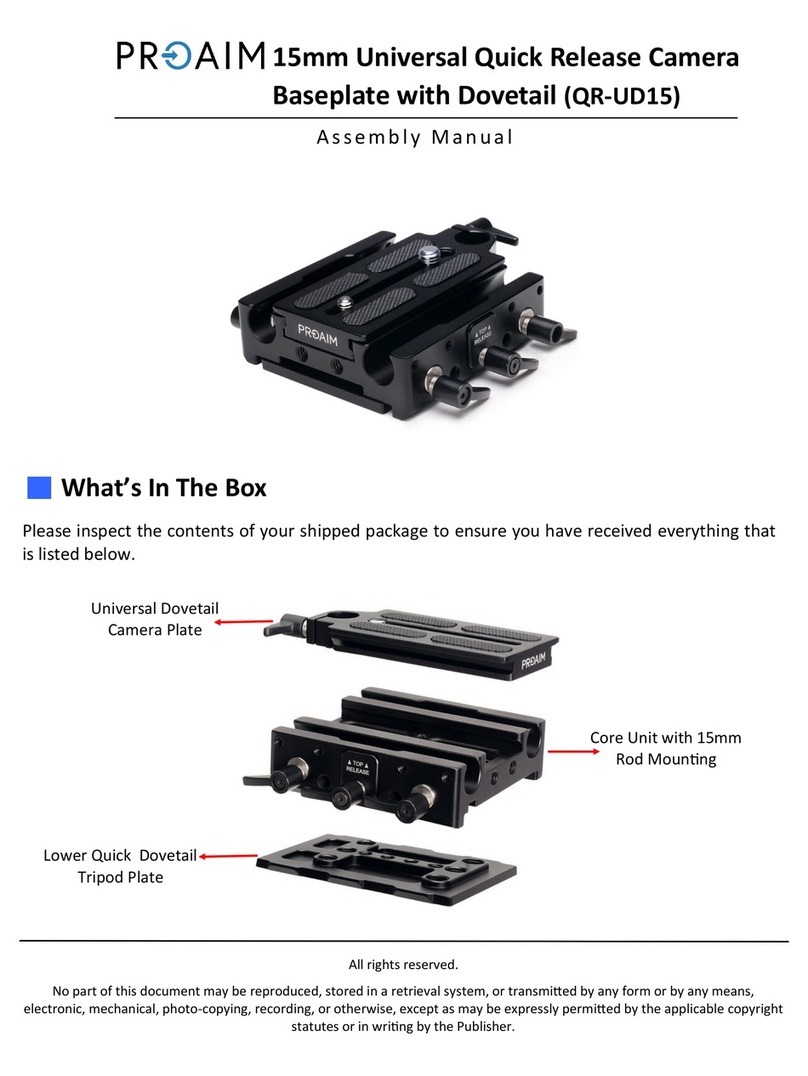
PROAIM
PROAIM QR-UD15 Assembly manual

Sony
Sony LA-EA5 operating instructions

Guilin Feiyu Technology
Guilin Feiyu Technology SPG Plus instruction manual

GNB
GNB Absolyte series Basic operating and maintenance instructions

Broadsight
Broadsight BNH-5011 Series installation manual


